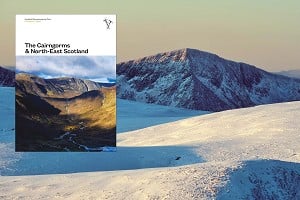
One question often asked about guidebook authors is "how many routes in the book have you actually climbed". Mark commented, " of the 884 listed routes, I have climbed 765 and out of the remainder I have either had go at them, looked at them on an abseil rope, or spoken to someone who has climbed them."
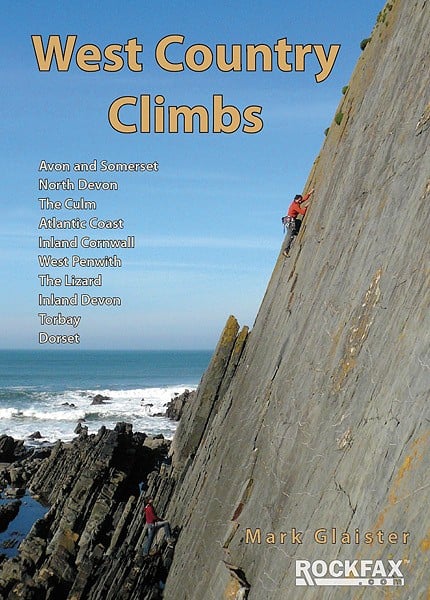
Two short independent reviews of the guide are included below.
The latest Rockfax is a mighty tomb covering a vast area from Bristol down through Devon and Cornwall and finishing up along the south coast as far as Swanage. With so much quality climbing to cover I don't envy the task of it's author in deciding what to include and what to omit. This will always be a contentious issue. Personally if I'm making the effort to drive to the south west from the north east I'm unlikely to bother climbing in the Avon Gorge, so I would have rather seen some of those 24 pages dedicated to other areas such as Sharpnose, which is infuriatingly selective. This is perhaps true for many of the crags, with just enough routes to wet your appetite, thereby ensuring sales of the definitive guides to repeat visitors.
Once you get into the guide the number of crags covered is staggering. There's the ones I'd heard of such as the Avon and Cheddar Gorges, Black Church, Sharpnose, Tintagel, Pentire, Bosigran, Sennen, Chair Ladder, Lizard Point, Anstey's, Portland and Swanage. However, these crags are complimented by an array of other venues offering a good choice of climbing styles and rock-types. There's the various quarried venues such as Portishead and Cheesewring, the sports venue of Brean Down, the culm slabs of Gull Rock and Vicarage Cliff, the committing Carn Gowla and Gurnard's Head, the killas slate of Kenidjack, the superb granite cliffs around Land's End, the Dartmoor Tors and the outrageous looking Berryhead to name just a few. The guide's most impressive feature as always are the high quality photo diagrams, the work involved to compile them massive. To me this is a big selling point as they really offer a flavour of the style of climbing on offer. The diagrams are backed up with written route descriptions and the usual rockfax icons. The guide as always contains easy to follow maps, backed up with written approach info, and a paragraph on access/tides and conditions. There's also a reasonable selection of action photos covering the full range of grades and styles on offer.
The guide covers climbs of all grades, although those operating in the VS-E2 range are the most catered for. For those wanting trad routes of E4 and above there seems to be little new stuff to discover but all the classics (such as Fay, Pacemaker, Darkinbad, Il Duce and America) are covered. All in all though an excellent production and a must buy for all those climbers thinking of visiting this area of the country. There's enough routes in here to keep you going for several holidays, without visiting the same crag twice. This guide is a truly fine effort by the author Mark Glaister."
Karin Magog, first published on ClimbOnline
Superlatives fall short when describing the brilliant climbing that is found in the South West of England. What is widely regarded as one of the best 'destinations' for British climbers is also one of the most diverse. A wide range of styles and rock types make it a wonderful place to explore and, for many climbers, the South West is a region to do just that on long weekends during the summer. The problem weekend warriors have been faced with has been that each of the many areas is documented in a separate guidebook. For the first time visitor to the region I imagine the bookshelf-full of different guides to choose from is pretty overwhelming. This makes the region perfect for a new selective book covering the major classics of each area.
The main advantages this volume has over the somewhat aging selection of definitive guides are arguable related to its 'ease of use' attributes. This is what Rockfax have perfected throughout their range and one of the features that make their guides really stand out. The symbols are, as always, really helpful for an at-a-glance indication of what getting to the crag might entail, or what you're chosen route will involve. The lists are also excellent, and a distinct advantage over the competition; in a book that covers so many places it is very useful to have a quick reference point telling you how many mid grade lines there are, and how long the approach will take, etc, at your list of prospective venues. The tab feature at the edge of each page is possibly my favourite aspect of Rockfax guides, and makes finding the right page an absolute doddle. Another very useful addition that has crept into the last few Rockfax releases is the cover flaps that both make bookmarking easy and the cover more durable.
All things considered, Mark Glaister has done what I would have said was a near impossible task. Compiling the best routes, along with a plethora of useful info, from such a wide variety of crags must have involved a lot of hard work. The production values of Rockfax put this collection of classics into a well polished format, and the whole package makes for a great companion to some of the best adventures your are ever likely to have!
Dave Westlake, full review published on Rock and Run
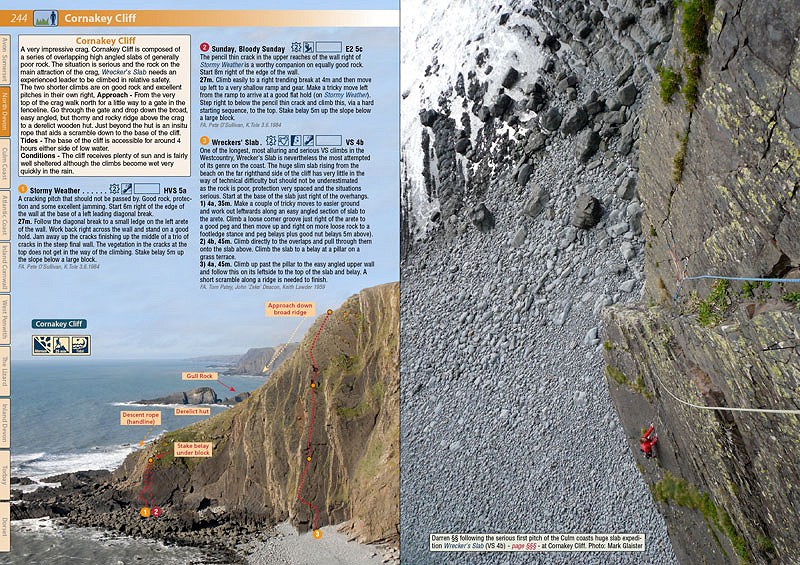
- Price: £24.95
- Pages: 420
- ISBN: 978 1 873341 37 7



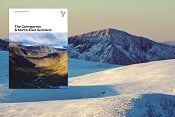
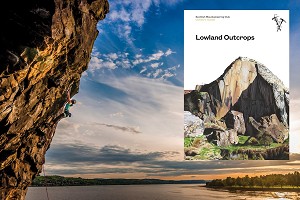
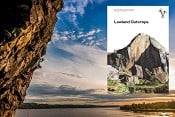




Comments